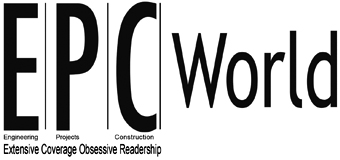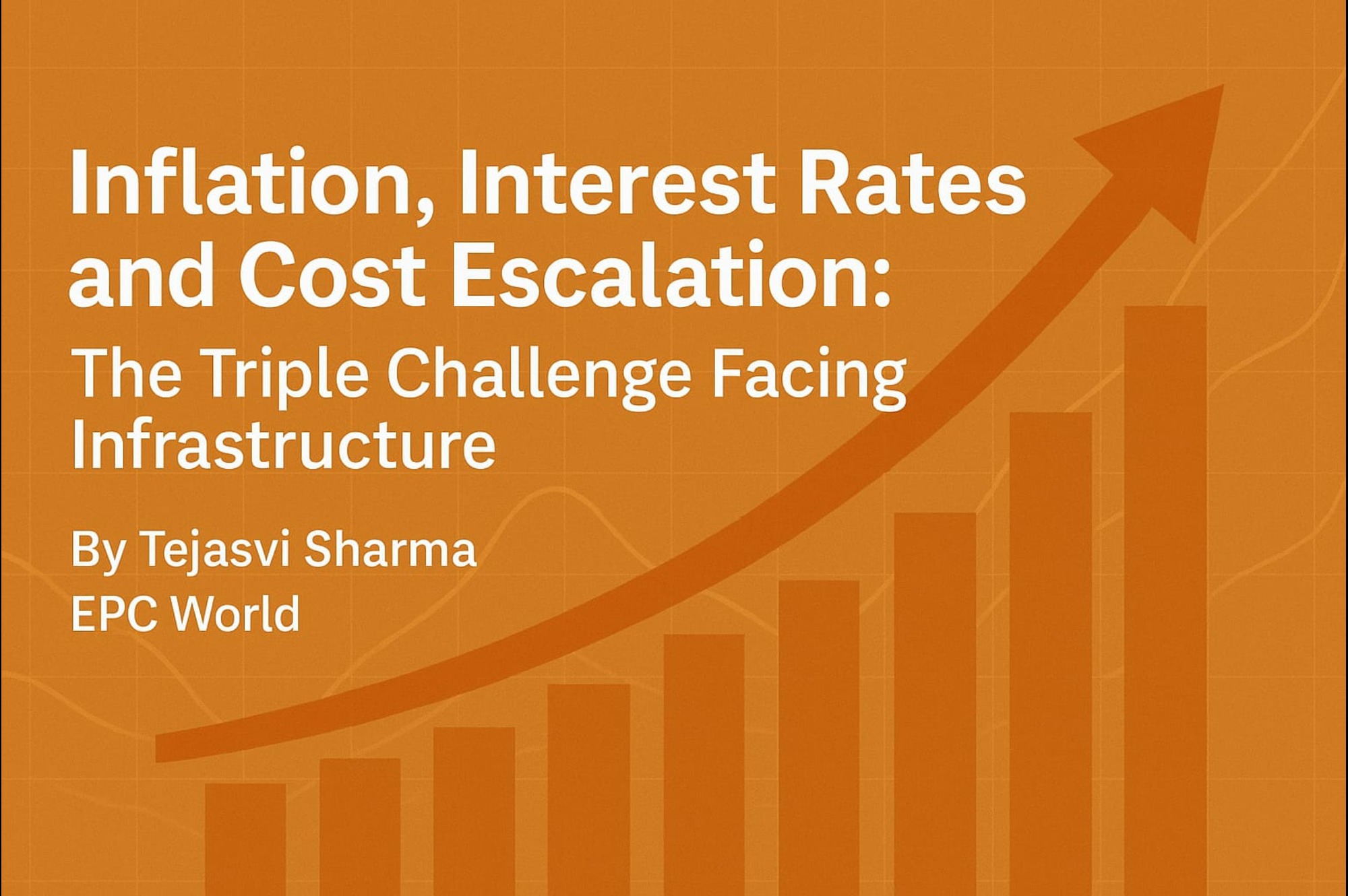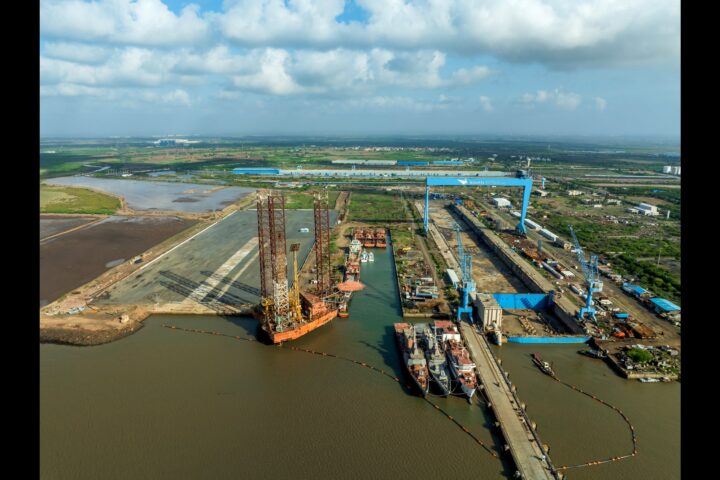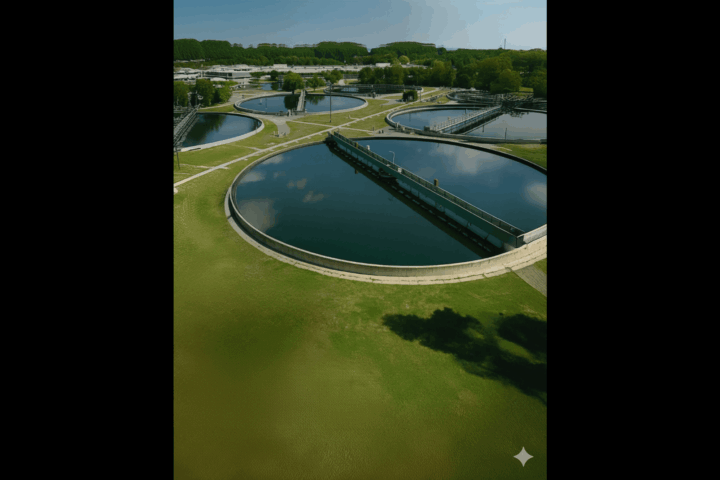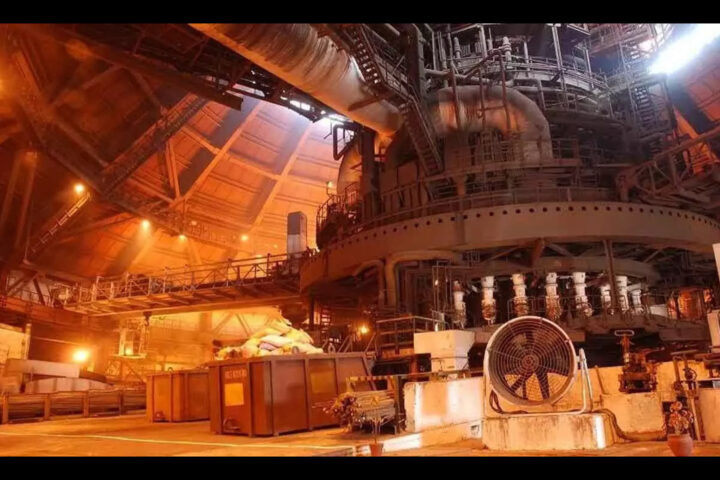by Tejasvi Sharma, Editor-in-Chief, EPC World
In the contemporary infrastructure landscape, three interlocking forces—inflation, elevated interest rates, and escalating input costs—are shaping project viability more profoundly than ever before. What once appeared as cyclical pressures have now become structural headwinds, altering the economics of construction, dampening investor appetite, and compelling governments, developers, and financiers to rethink the very foundations of capital-intensive projects.
The Inflationary Squeeze
The global economy has endured successive shocks: pandemic disruptions, supply-chain fractures, and geopolitical realignments. These shocks have left an enduring imprint in the form of stubbornly high inflation. Construction materials such as steel, cement, bitumen, aluminium, and copper have witnessed price surges often exceeding double-digit annual growth. Similarly, logistics costs—whether maritime freight or last-mile transportation—have remained inflated, driven by volatile energy prices and regional conflicts.
For infrastructure developers, inflation is no longer a temporary inconvenience but a systemic escalation of baseline project costs. Contracts signed on assumptions of stable commodity prices are now plagued with overruns, triggering disputes, delays, and renegotiations. The once-predictable bill of quantities has become a moving target, eroding the confidence of both public and private stakeholders.
Interest Rates: A Heavy Burden on Capital
If inflation squeezes the cost side, elevated interest rates amplify the financing burden. Central banks across the world, in their bid to tame inflationary trends, have raised policy rates to levels unseen in over a decade. This tightening cycle has made debt—the lifeblood of infrastructure financing—significantly more expensive.
For public-private partnerships (PPPs) and build-operate-transfer (BOT) models, where financial closure depends on long-term debt at competitive rates, the impact is severe. Higher borrowing costs not only delay project awards but also reduce internal rate of return (IRR) thresholds, dissuading private equity and pension funds that traditionally favour infrastructure as a stable asset class.
Moreover, sovereign and sub-sovereign borrowers in developing economies face the double bind of weaker currencies and rising global rates. Servicing external debt has become more onerous, limiting fiscal space for new highways, metro corridors, airports, and renewable parks.
The Labour and Execution Risk Dimension
Adding to the complexity is labour market inflation. Skilled manpower in engineering, project management, tunnelling, and specialised construction trades is in short supply. Migration patterns, rising living costs in urban centres, and competition from high-growth sectors like digital services have pushed wage demands upward.
Execution risk has therefore multiplied. Project timelines are stretched, wage bills are inflated, and productivity is compromised by high attrition. When compounded with input cost volatility and debt burdens, this creates a perfect storm where risk transfer between stakeholders becomes contentious. Contractors seek escalation clauses, developers demand subsidies or annuities, and lenders impose stricter due diligence before sanctioning funds.
Re-thinking Risk Allocation and Financing Models
The combined impact of inflation, interest rates, and execution costs is forcing a re-examination of traditional infrastructure contracts. Fixed-price agreements are increasingly viewed as untenable. Instead, hybrid annuity models (HAM), cost-plus frameworks, and indexation-linked contracts are gaining favour, as they distribute volatility between public authorities and private developers.
On the financing front, innovative mechanisms such as green bonds, blended finance, and multilateral guarantees are emerging to cushion projects against high debt costs. Infrastructure investment trusts (InvITs) and real estate investment trusts (REITs) are also becoming attractive vehicles, providing liquidity and recycling capital for developers under strain.
Policy Interventions and Global Parallels
Governments have a crucial role to play in mitigating this crisis. Many advanced economies are adopting fast-track permitting, subsidies for renewable and sustainable projects, and tax incentives for infrastructure debt. In India, the government’s emphasis on credit enhancement mechanisms, viability gap funding, and long-tenure financing is helping soften the blow.
Globally, lessons can be drawn from Europe’s response to energy shocks, where indexed contracts protect developers from raw material volatility, and from the United States, where infrastructure legislation provides multi-year visibility for federal funding, thereby reducing uncertainty.
The Road Ahead
The reality is clear: infrastructure is no longer insulated from macroeconomic turbulence. Inflationary costs, high interest rates, and labour pressures are testing even the most seasoned developers and financiers. Yet, this turbulence also offers an opportunity. By embracing flexible risk-sharing frameworks, leveraging digital tools for cost optimisation, and adopting innovative financing structures, the industry can re-engineer resilience into its DNA.
As nations compete to build sustainable transport corridors, smart cities, resilient grids, and renewable energy capacity, the ability to navigate these financial headwinds will determine not only the success of individual projects but also the trajectory of economic growth.
In the end, infrastructure remains the bedrock of prosperity—but in today’s volatile climate, building it requires financial agility, policy foresight, and collaborative resilience more than ever before.

